Introduction: Hair is a protein filament that grows from follicles found in the dermis. Hair is mainly composed of keratin proteins and keratin-associated proteins. In Ayurveda, the term Keshya is used for hair, Keshya is upadhatu of majja. Hair plays a vital role in making you look younger as well as beautiful. With the help of Ayurvedic treatment for hair care, one can naturally nourish, strengthen, and maintain healthy hair.
Synonyms: Hair is also known by the names such as bal, loma, kesha, samshru etc. The body hairs are known as loma, the hair on the scalp is called as kesha and on the face is called as samshru.
Development of Kesha: Hair starts developing from the sixth month of embryonic life. It is considered the mala of asti dathu (bone tissue) and upadhatu of majja (bone marrow). In Ayurveda, this concept forms the foundation of Ayurvedic treatment for hair care, which emphasizes balancing the doshas and nourishing the dhatus for healthy hair growth.
Growth cycle: Hair grows in 3 phases:
-
Growing Phase (Anagen): 85% to 90% of total hairs are growing in this phase and it lasts for 2–6 years. Growth rate is half an inch per month during this phase. Proper nourishment through Ayurvedic treatment for hair care helps in maintaining a healthy anagen phase.
-
Falling Phase (Catagen): Around 1% of hairs are in the falling phase and it lasts for about 15 days.
-
Resting Phase (Telogen): 10% to 15% of total hairs are in the resting phase, where the germ cells remain inactive. It lasts for 1 to 4 months. Ayurvedic treatment for hair care focuses on strengthening the roots and balancing doshas to reduce excessive shedding during this stage.
Types of hair according to Ayurveda: The kinds of hair vary according to the different Prakruthi (constitution) of the person.
There are three doshas vata pitta and kapha.
-
Vata Prakruthi hair features: The hair is dry, rough, and has fewer numbers of hair on the body. Hair will be thin and straight. The hair over the scalp will be very dry and rough in nature, leading to maximum chances for hair problems like dryness of scalp, dandruff, and khalitya (Hair fall). Ayurvedic treatment for hair care focuses on nourishing the scalp, balancing Vata dosha, and preventing these common issues.
-
Pitta Prakruthi hair features: Hair is light, soft, and oily, predominantly with brown colour. Hair will be wavy and moderately thick. This type of Prakruthi person has predominance of ushna guna in them. They are prone to palitya (greying of hair) due to increased body temperature and excess sweating. In Pitta Prakriti, they often have excess sweating over the scalp region and are also prone to khalitya (hair fall). Ayurvedic treatment for hair care helps in balancing Pitta dosha, cooling the system, and preventing premature greying and hair loss.
-
Kapha Prakruthi hair features: The hair is Snigdha (unctuous), more oily and dark in nature due to the slakshna (smooth) and mridu guna (soft) qualities in them. The hair is very smooth, soft in texture, thick, and curly. However, Kapha individuals are prone to indralupta (alopecia), darunaka (dandruff), and hair loss. Ayurvedic treatment for hair care focuses on reducing excess oiliness, strengthening hair roots, and preventing dandruff and alopecia naturally.
Diseases that affect hair:
- Khalitya (Premature Hairfall):
Khalitya is one of the Kṣudra Roga. Vata, Pitta, Kapha, and Rakta are involved in Khalitya (hair fall). According to Ayurveda, the vitiated Vayu and Pitta enter the root of the hair, causing the hair to fall off, while the vitiated blood and Kapha locally block the hair follicles and stop early growth of hair. Ayurvedic treatment for hair care emphasizes balancing these doshas, purifying the blood, and nourishing the scalp to restore healthy hair growth.
Treatment: Shiro lepa (application of various medicated herbal paste), shiro abhyanga (head massage) with various kinds of herbal oils, and various shodhana chikitsa like Vamana (emesis), Virechana (purgation), Nasya (nasal drops), Raktamokshana (blood letting) therapy are indicated. Ayurvedic treatment for hair care focuses on nourishing the scalp, balancing doshas, and strengthening hair roots to prevent excessive hair fall.
About one lakh hairs are present on the scalp. Around one hundred hairs are lost daily in a normal person. If the number increases manifold, it may later lead to Alopecia. Ayurvedic treatment for hair care helps in reducing hair loss and promoting healthy hair growth naturally.
-
Palitya (Premature Greying of Hairs):
The vitiated Pitta enters the romakupa (hair follicles) and tends to make the hair prematurely grey.
Treatment: Shiro lepa with various keshya Ranjaka herbs, Shiro abhyanga with various oils, and Nasya karma with Keshaposhaka taila are indicated. Ayurvedic treatment for hair care focuses on nourishing the hair follicles, balancing Pitta dosha, and delaying the greying process naturally.Premature greying is an important cause of low self-esteem, often interfering with socio-cultural adjustment, and is seen affecting a large percentage of the population, especially young men and women. Premature greying of hair is called Akala Palitya. Nowadays, many people use hair coloring, which involves the use of chemicals, later resulting in a range of adverse effects.
-
Darunaka (Dandruff):
Different Ayurvedic classics describe hair disease like Darunaka, in which due to Kapha-Pitta prakopa, the scalp becomes dry, hard, itchy, rough, and scaly. In Darunaka (dandruff), the dead tissue sheds from the scalp, with symptoms like Kandu (itching), Kesha Chyuti, Rookshata (dryness of scalp), and Twaksputana due to the vitiation of Vata and Kapha dosha. It affects almost everyone at least once during their lifetime and causes discomfort.Treatment: Shiro abhyanga (head massage) with medicated oils, Shiro lepa (herbal paste), and Nasya karma (nasal drops) are indicated. Ayurvedic treatment for hair care effectively addresses dandruff by nourishing the scalp, balancing doshas, reducing dryness, and improving overall scalp health. Dandruff (Pityriasis Capitis) is a common scalp disorder, characterized by clusters of corneocytes forming flaky white to yellowish scales, accompanied by itching. It affects aesthetic value and often worsens in winter.
Conclusion:
All the herbs used in these treatment modalities have antimicrobial, antifungal, and antioxidative properties, which help in treating the underlying hair disorders and support natural hair growth without adverse effects. By following these procedures and remedies, one can achieve healthy, strong, and lustrous hair through Ayurvedic treatment for hair care.

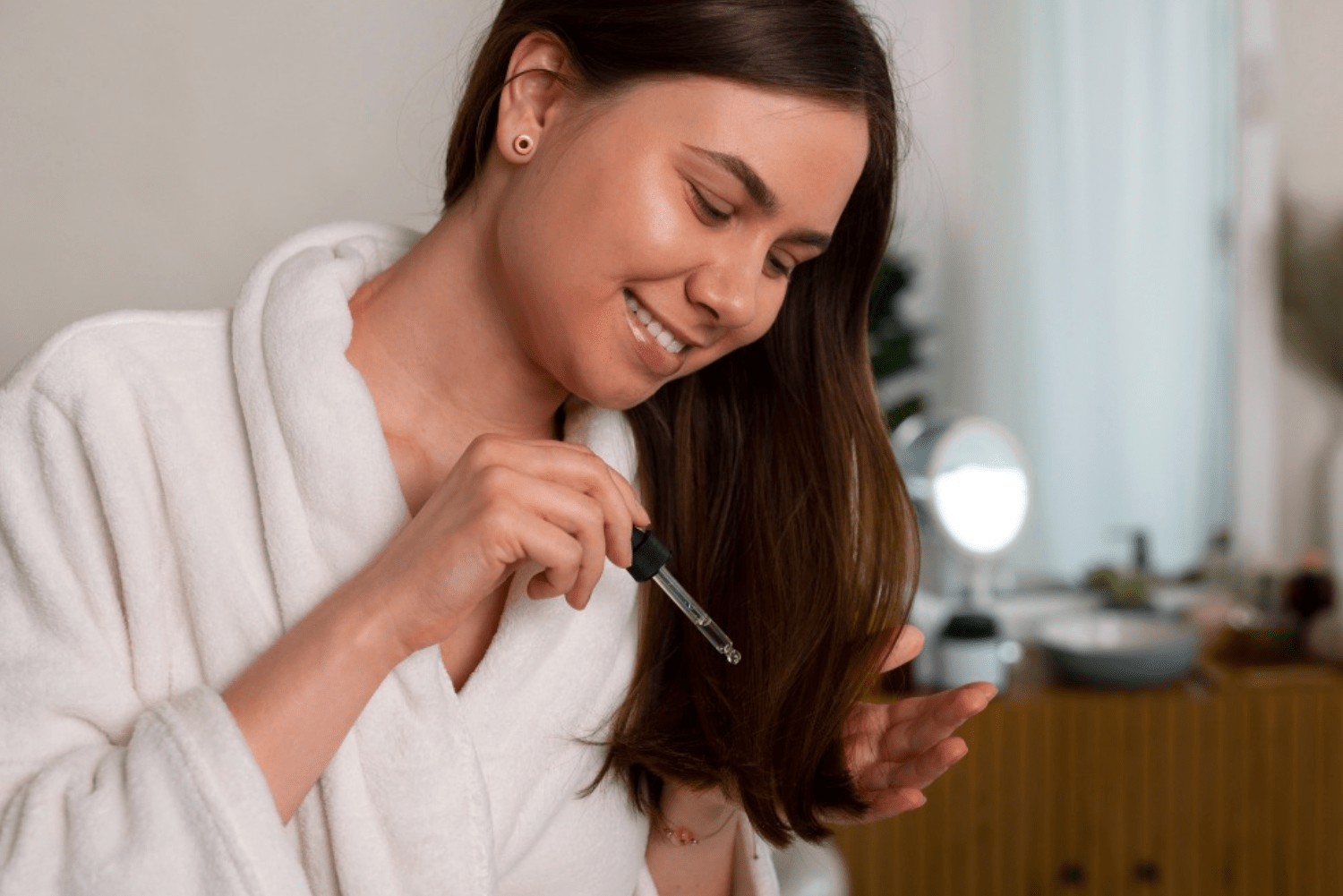
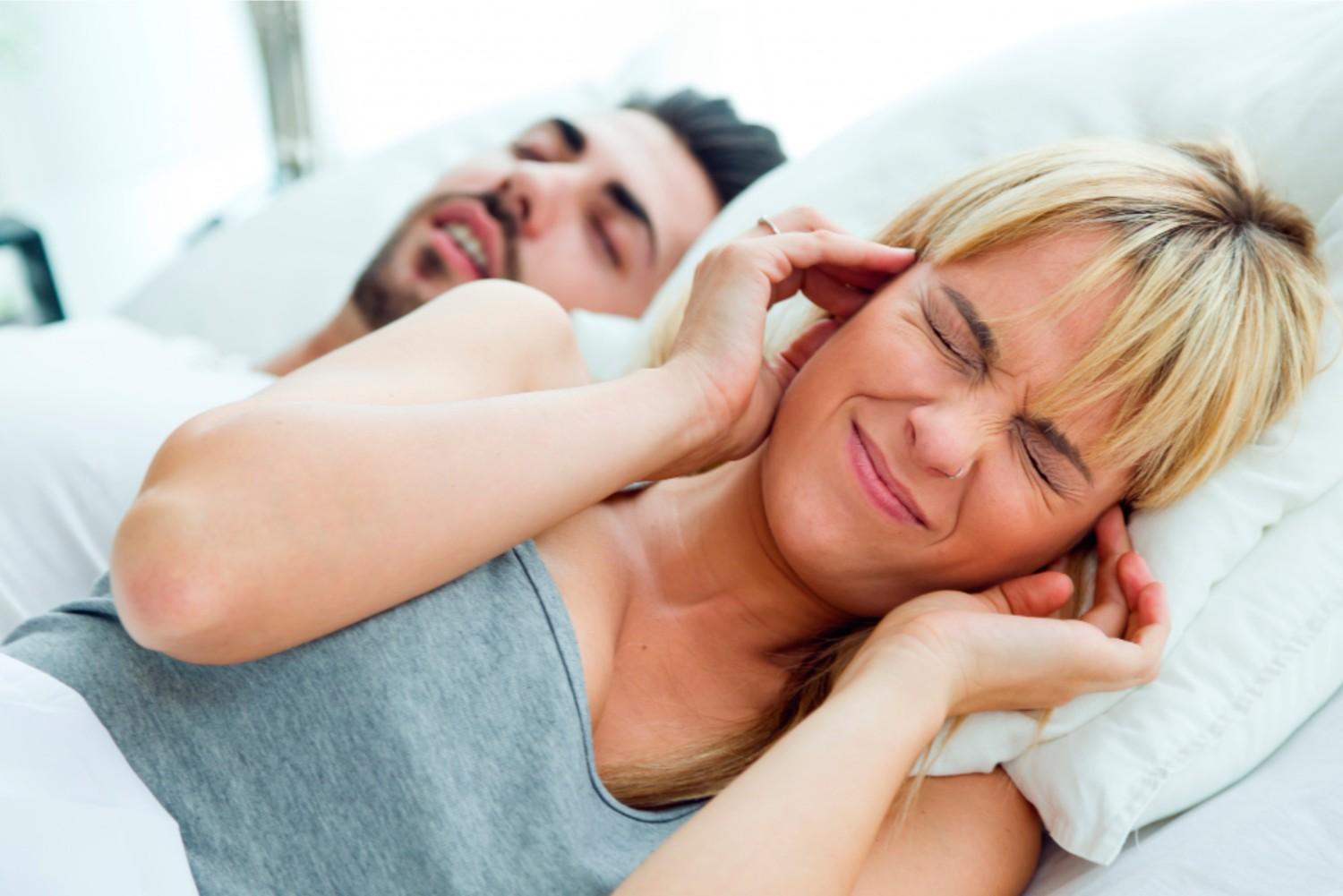
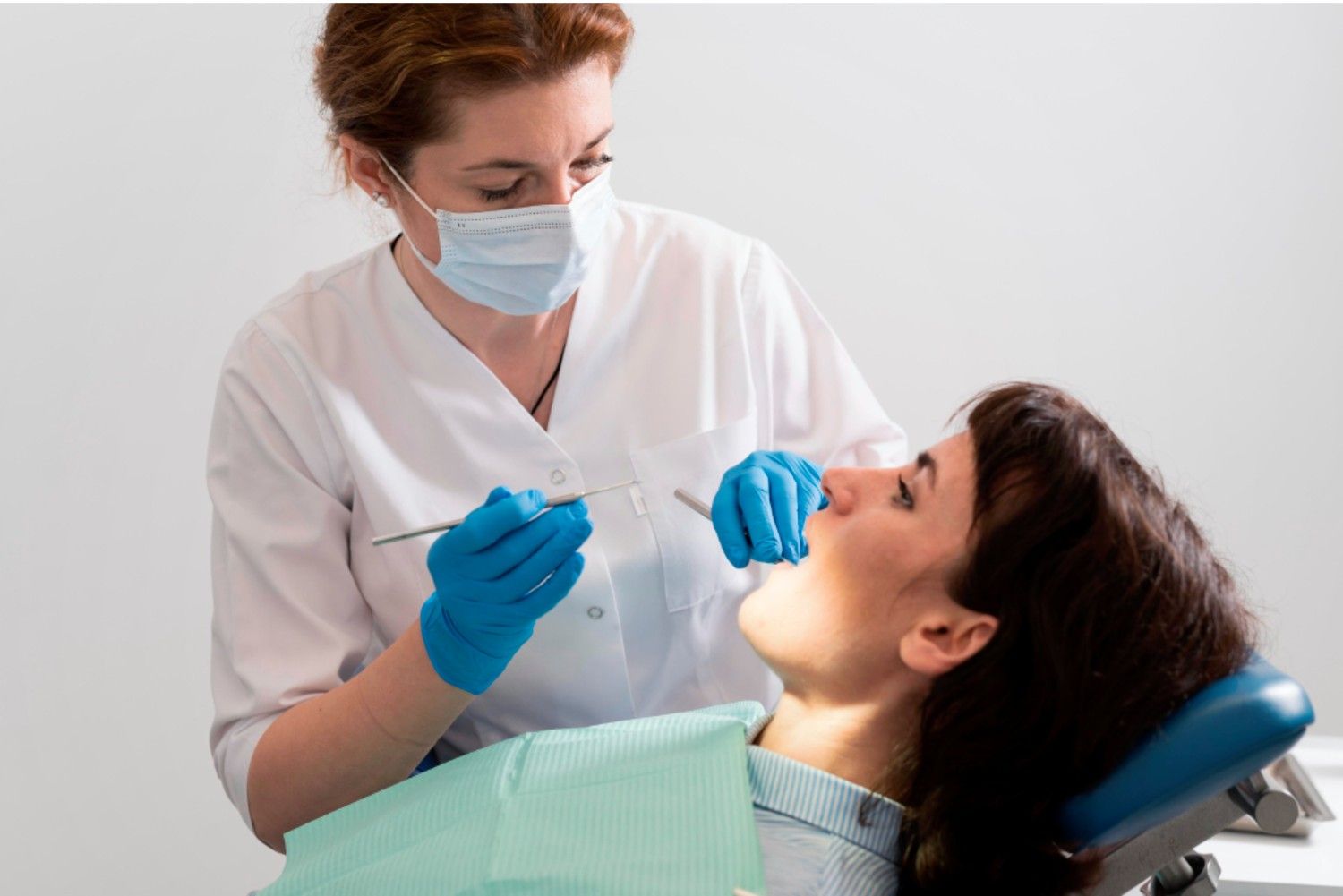
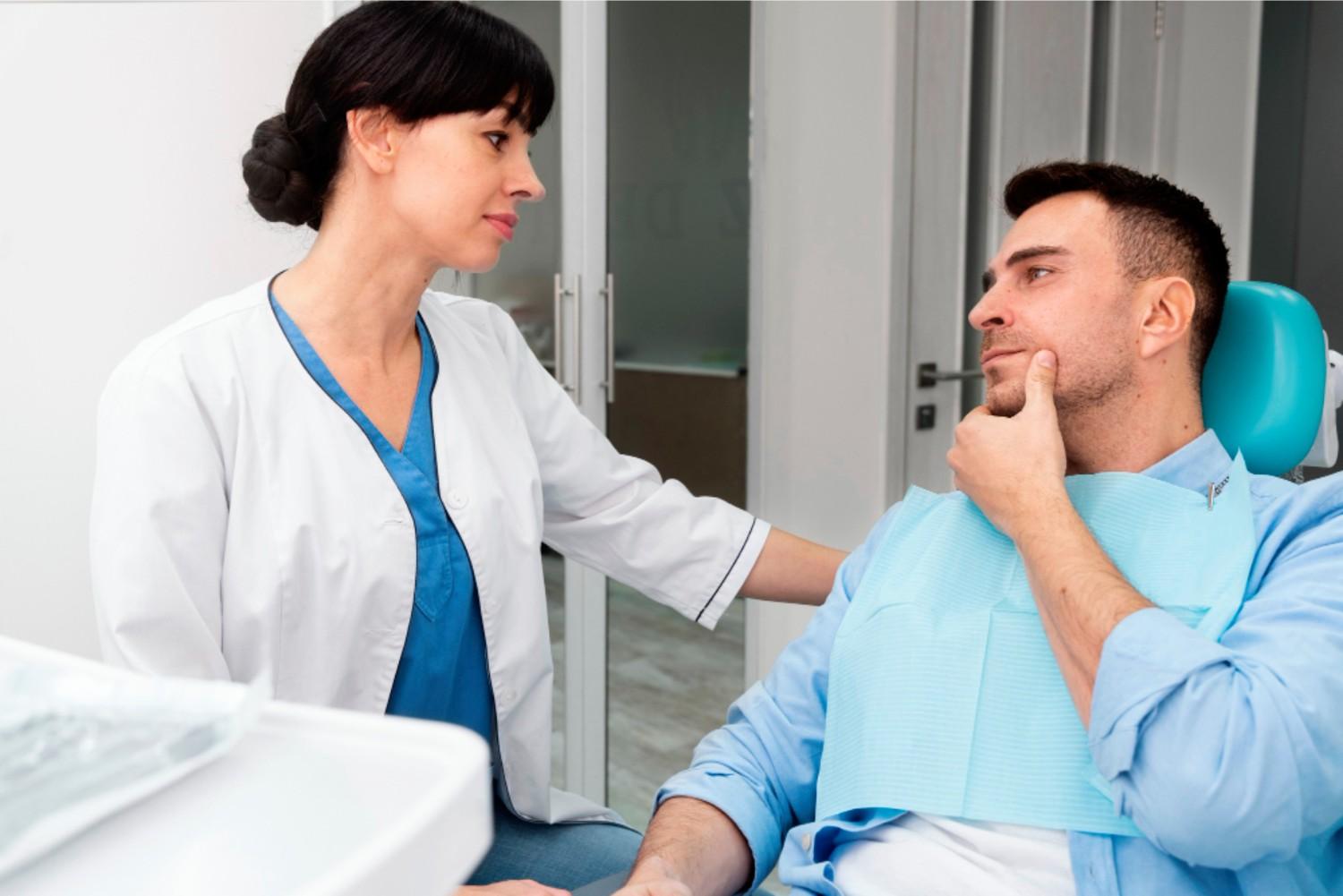
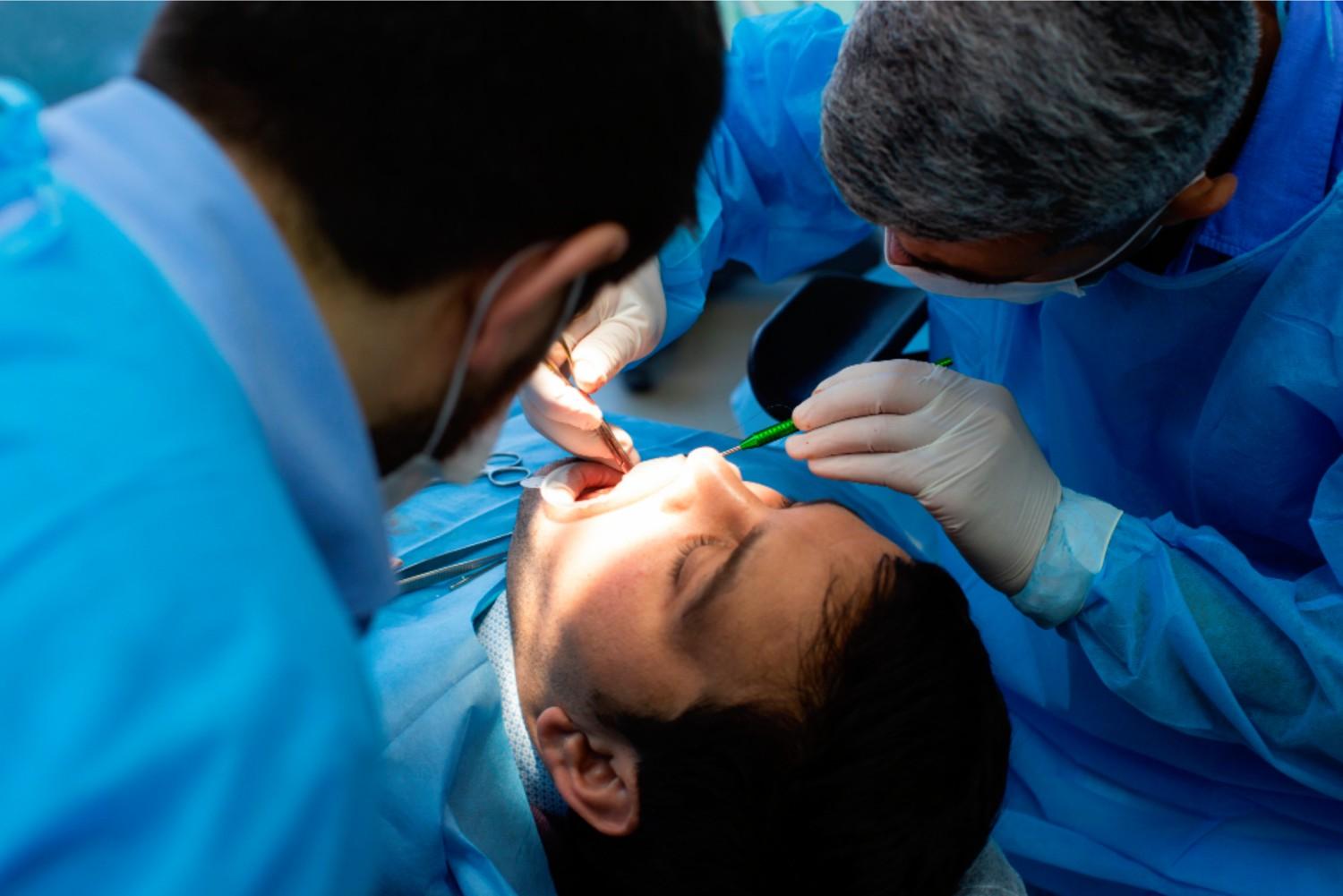
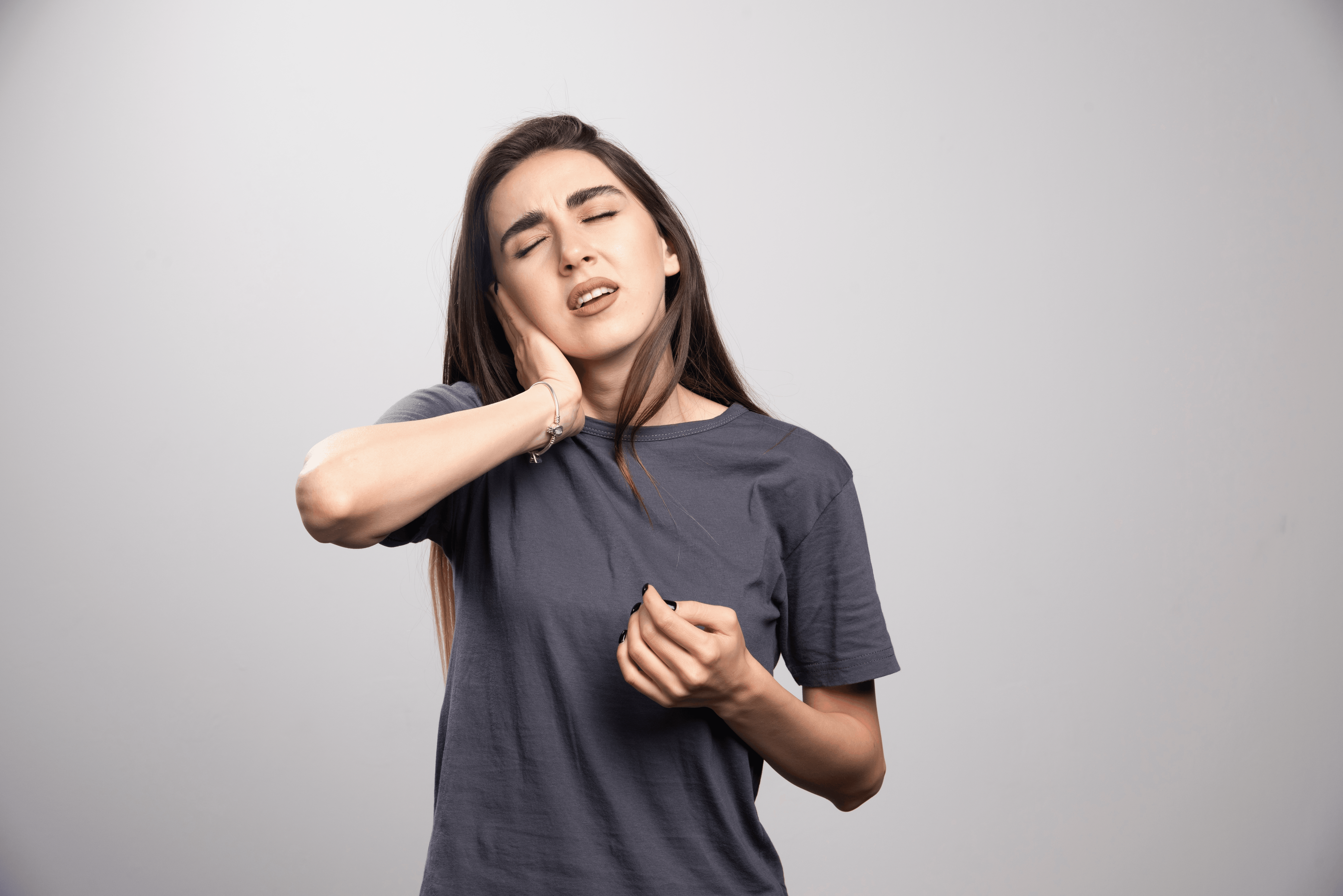
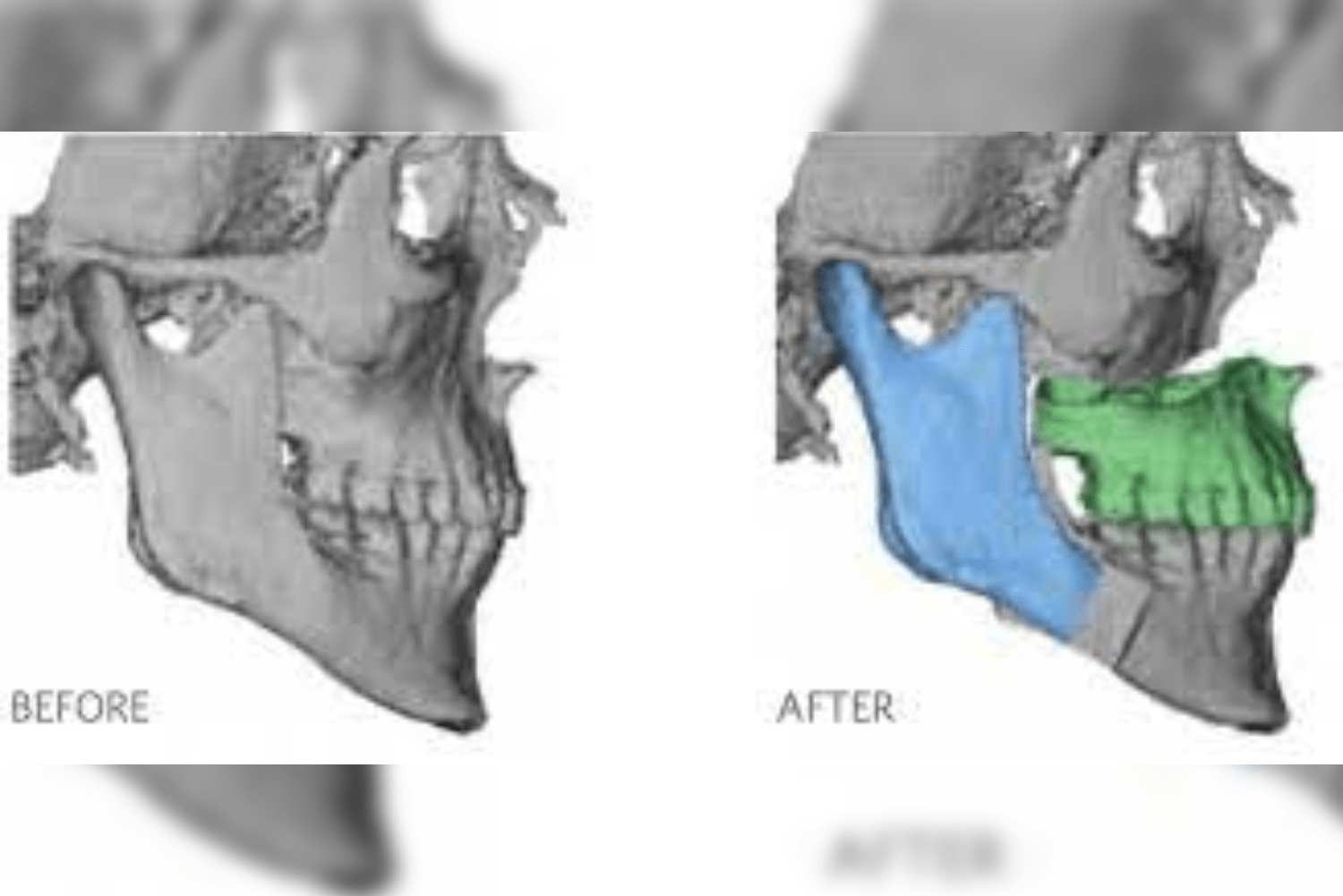
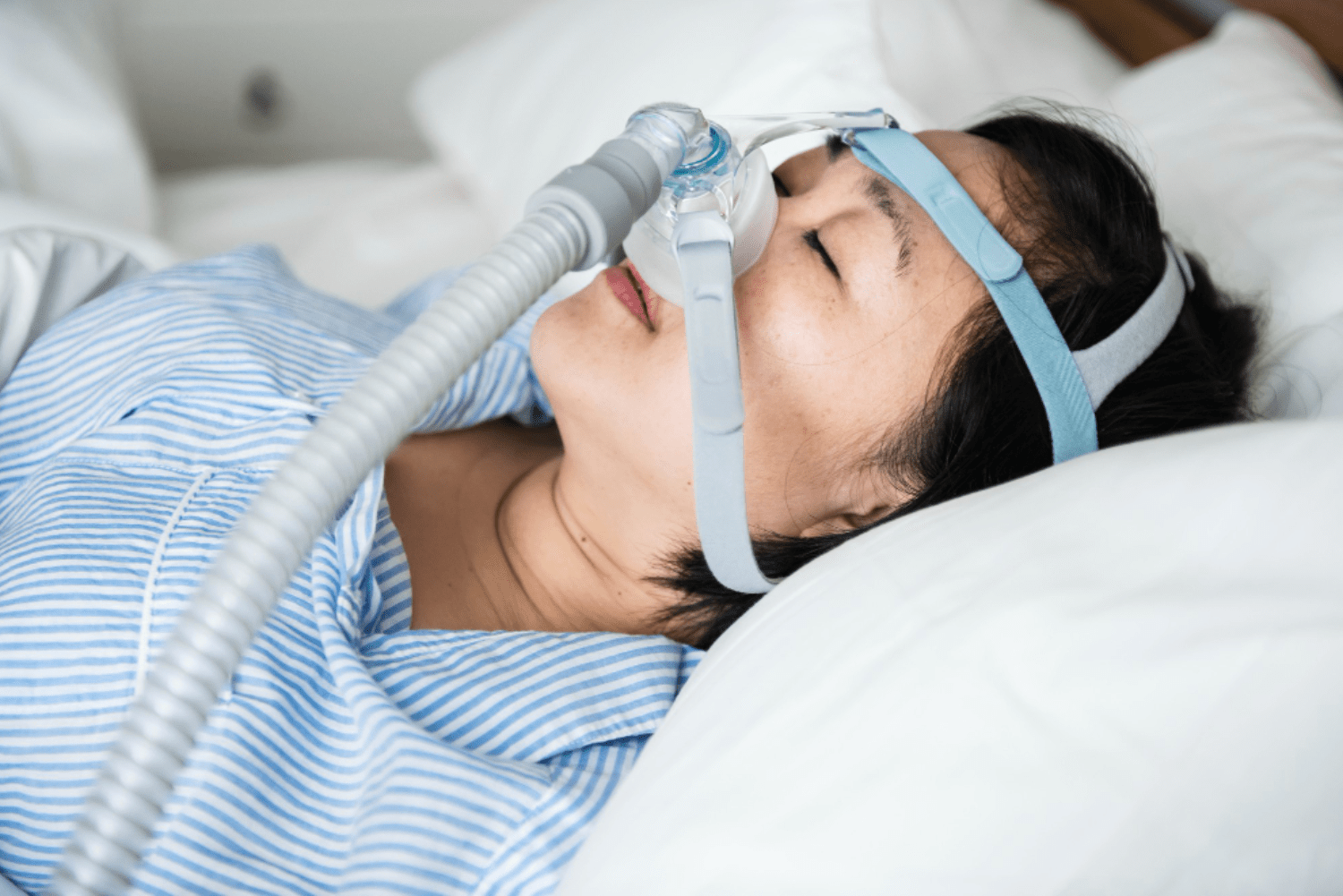
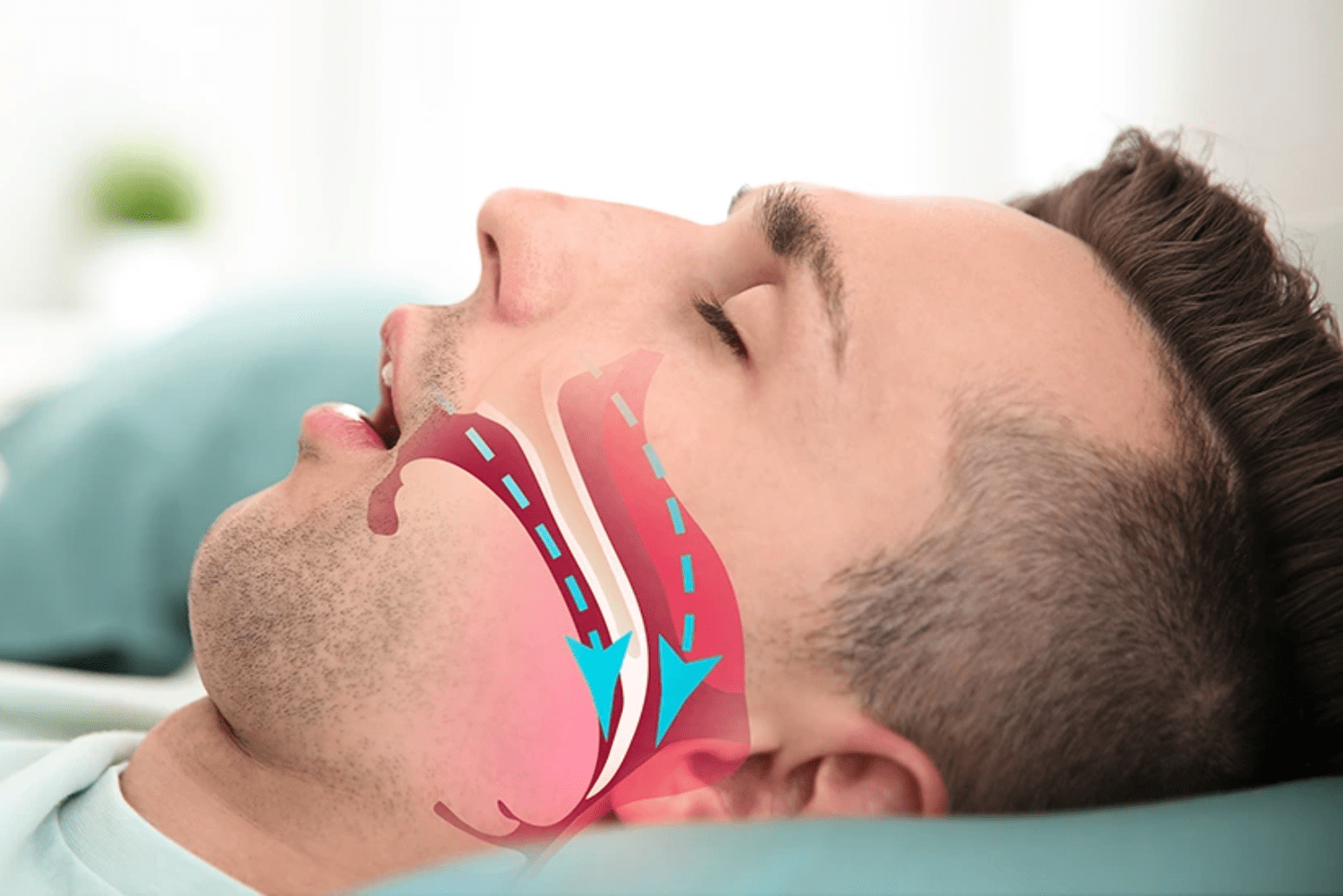
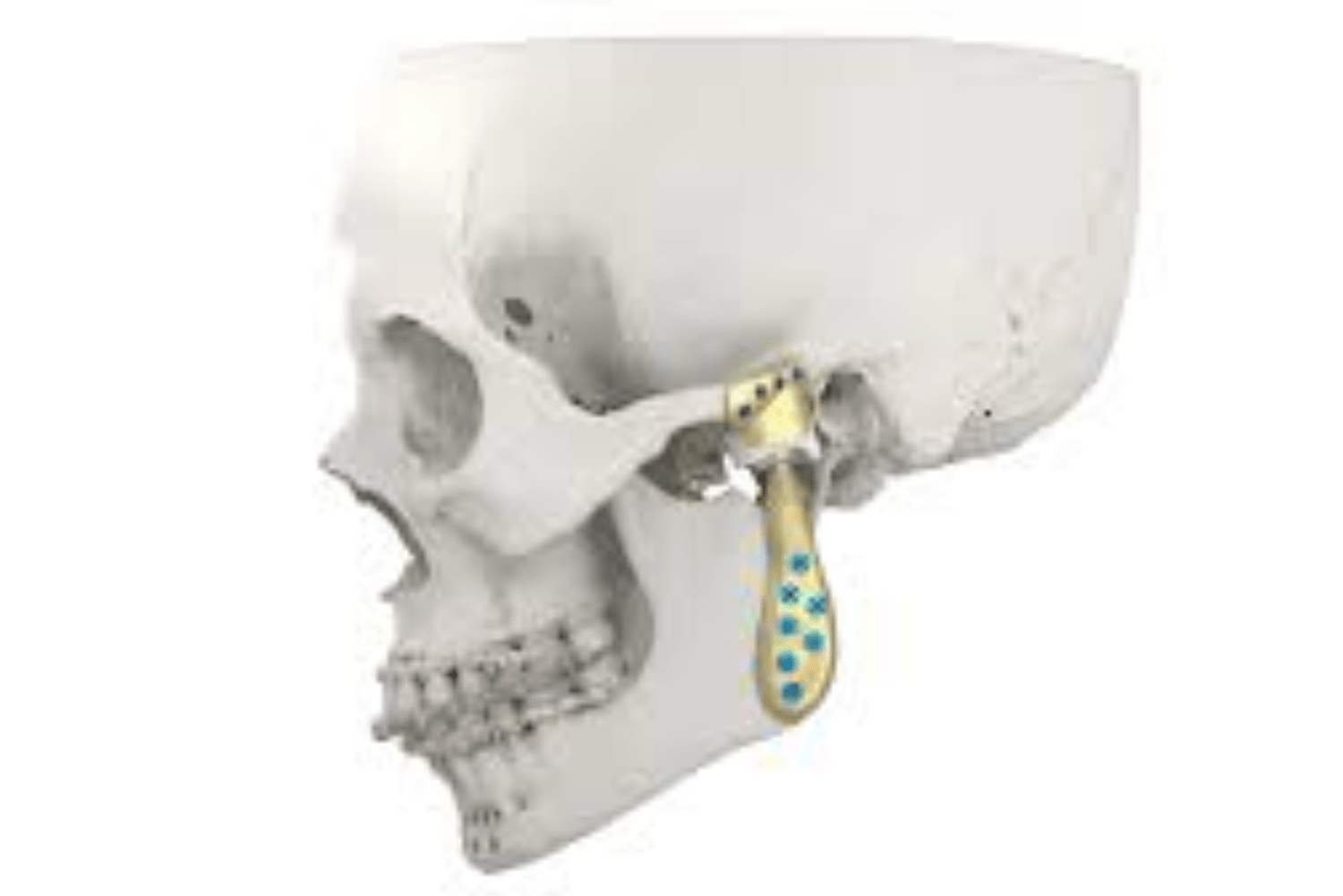
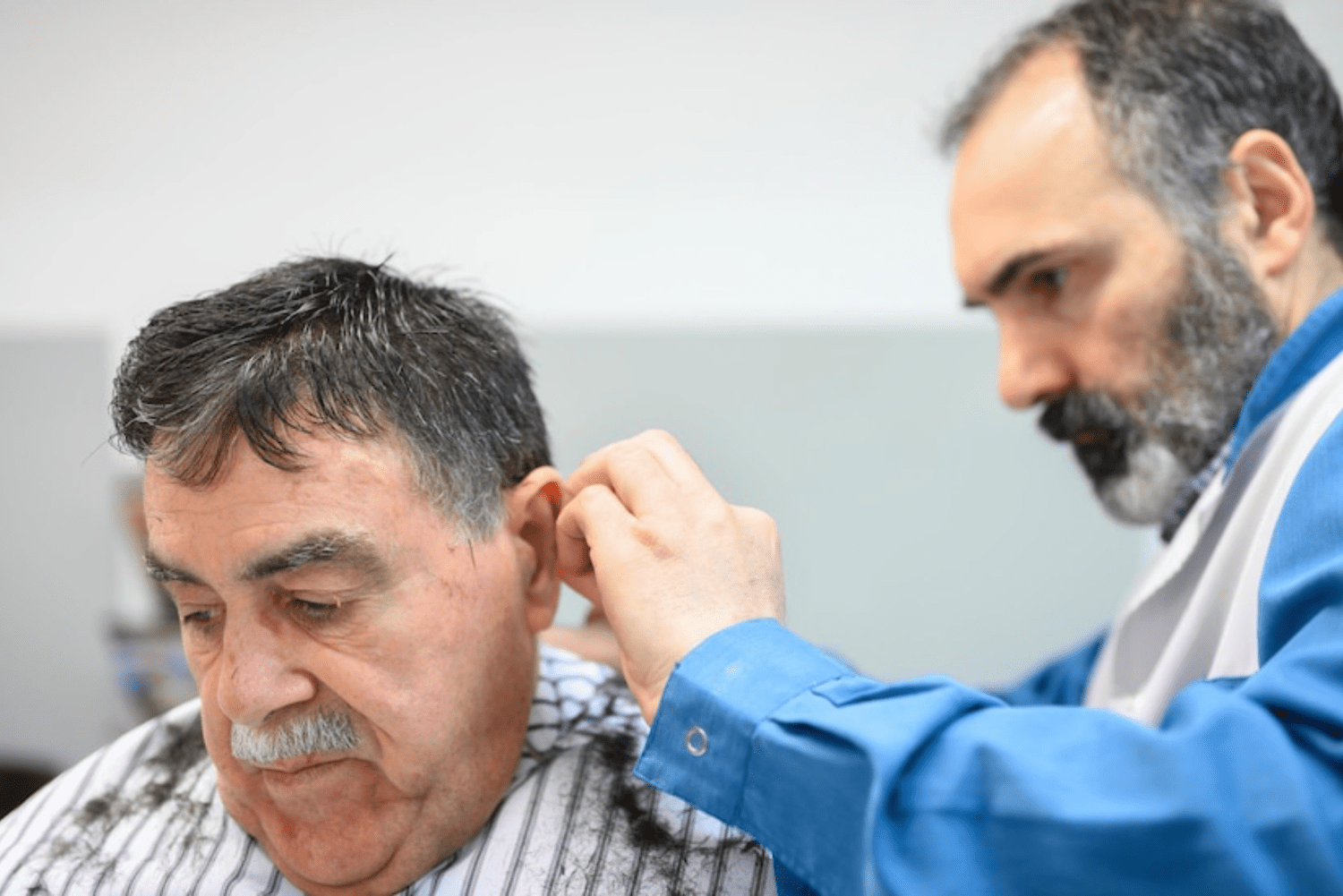


10 Responses
Good
Very good
Very good
Awesome
Good
Awesome
Good
Good
Awesome
Very good